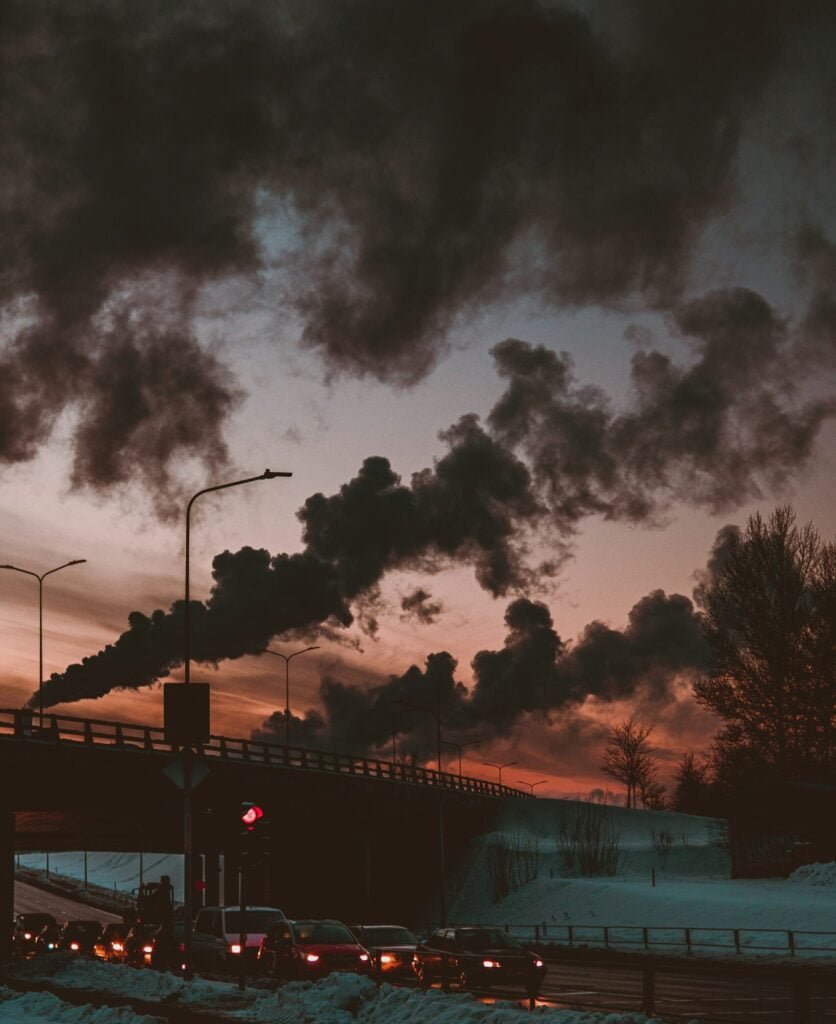Which thing contributes the most to climate change?
Fossil fuels—coal, oil, and gas—are by far the largest contributors to global climate change, accounting for over 75 percent of global greenhouse gas emissions and nearly 90 percent of all carbon dioxide emissions. As greenhouse gas emissions blanket the Earth, they trap the sun’s heat, leading to global warming and climate change. The world is now warming faster than at any point in recorded history. Warmer temperatures over time are changing weather patterns and disrupting the usual balance of nature. This poses many risks to human beings and all other forms of life on Earth.
The decade from 2011 to 2020 was the warmest recorded, with the global average temperature reaching 1.1°C above pre-industrial levels in 2019. Human-induced global warming is presently increasing at a rate of 0.2 °C per decade. An increase of 2°C compared to the temperature in pre-industrial times is associated with serious negative impacts on the natural environment and human health and well-being, including a much higher risk that dangerous and possibly catastrophic changes in the global environment will occur. For this reason, the international community has recognized the need to keep warming well below 2°C and pursued efforts to limit it to 1.5°C.
The main driver of climate change is the greenhouse effect. Some gases in the Earth’s atmosphere act a bit like the glass in a greenhouse, trapping the sun’s heat and stopping it from leaking back into space, causing global warming. Many of these greenhouse gases occur naturally, but human activities are increasing the concentrations of some of them in the atmosphere, in particular:
– Carbon dioxide (CO2)
– Methane
– Nitrous oxide
– Fluorinated gases
CO2 produced by human activities is the largest contributor to global warming. By 2020, its concentration in the atmosphere had risen to 48% above its pre-industrial level (before 1750).
Other greenhouse gases are emitted by human activities in smaller quantities. Methane is a more powerful greenhouse gas than CO2 but has a shorter atmospheric lifetime. Nitrous oxide, like CO2, is a long-lived greenhouse gas that accumulates in the atmosphere over decades to centuries. Non-greenhouse gas pollutants, including aerosols like soot, have different warming and cooling effects and are also associated with other issues, such as poor air quality.
Besides, some important factors responsible for climate change include:
1. Overfishing
2. Industrialization
3. Transportation
4. Deforestation
5. Generating power
6. Consuming too much
7. Waste
8. Producing food
9. Agriculture
While there are other contributing factors, these sources are the most significant and pervasive. Reducing emissions from these activities is crucial for mitigating climate change.



